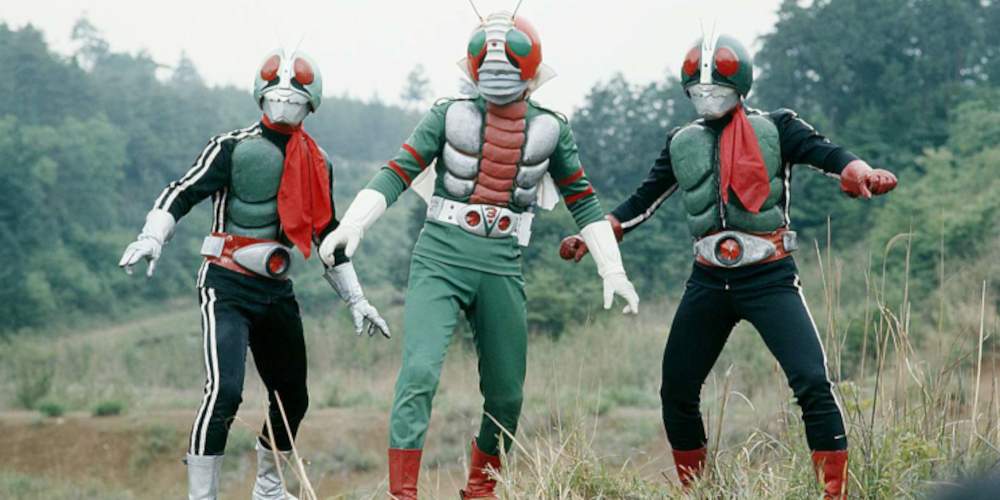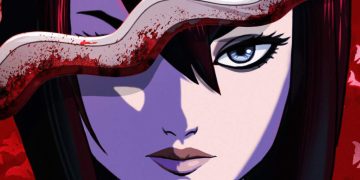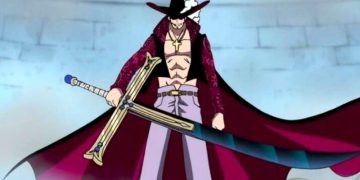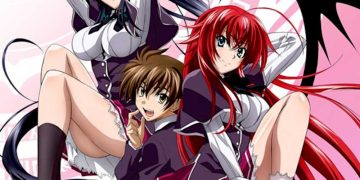Anime isn't the only popular media format that's distinctly Japanese. There's also tokusatsu television, which isn't as globally popular as anime but does share some similarities (like monsters and heroic characters).
Tokusatsu refers to live-action television shows that rely heavily on special effects, graphics, acrobatics, stunts, and the overuse of dialogue to further the plot. The vibrant costumes also play a vital role in the show, and some even feature Kaiju-type monsters and villains.
Most tokusatsu TV shows have characters that transform into their hero mode, giving us cool "henshin" moments. While most tokusatsu transformation scenes reuse stock footage, they still make the fight scenes more hyped alongside their well-choreographed stunts.
Just like anime, tokusatsu has started to gain popularity beyond the borders of Japan, with other non-Japanese studios and producers trying their hand at creating their own versions.
Here are some of the most classic and iconic tokusatsu TV series that pioneered and developed the genre.
5. Space Sheriff Shaider
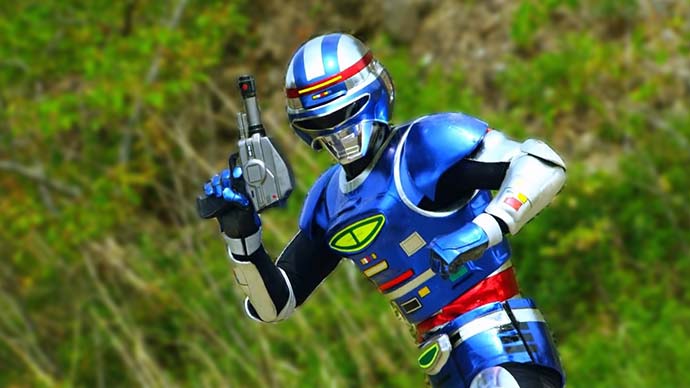
Space Sheriff Shaider is one of the Metal Hero series and is the last of the Space Sheriff series along with Gavan (1982) and Sharivan (1983). It was created by Toei for its Metal Hero series and aired from 1984 to 1985.
The series features Dai Sawamura, an archeologist who was trained to be a space sheriff to ward off aliens, particularly those of Fuuma's army. Like his predecessors, he's equipped with futuristic armor and weaponry.
His transformation scenes include the iconic pose while engulfed by a blue plasma energy, all happening in a millisecond as narrated in the story. Another iconic moment in the series is the Strange Realm, where he chases monsters inside with his cool Blue Hawk motorcycle.
4. Ultraman
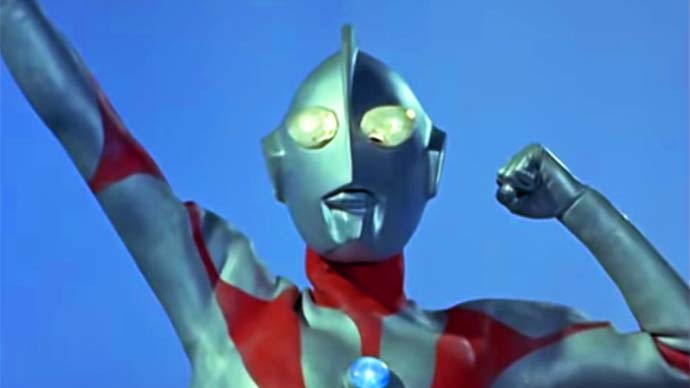
Ultra Q (1966) was the first of the Ultra series, but Ultraman (1966) was more popular. It was created by Eiji Tsuburaya (Tsuburaya Productions), along with other Ultra in the Ultra series.
Ultraman involves giant humanoid beings with superpowers. They're all silver and red in color, but some have different color combinations depending on the story and the specific character.
The story of the 1966 Ultraman revolves around Shin Hayata, who was given the power to transform into an Ultraman. Shin was part of a special force on Earth that provides support toward preventing alien invasions.
Along with the 1966 Ultraman, the Ultra series includes Ultraman Ace (1972), Ultraman Tiga (1996), Ultraman R/B (2018), and Ultraman New Generation Chronicle (2019).
3. Guyferd
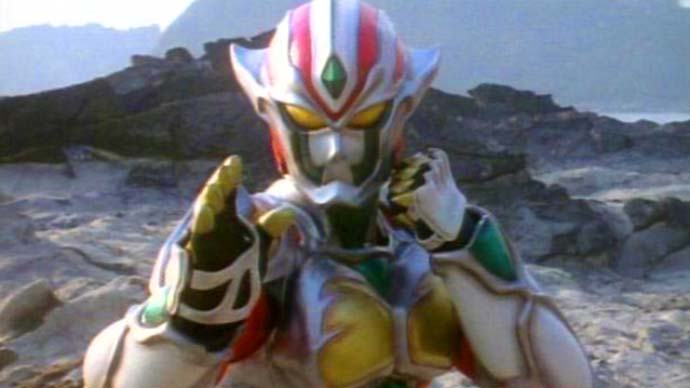
Shichisei Toshin Guyferd is a 1996 series made by Toho and Capcom. Unlike Shaider and Ultraman, Guyferd features cooler fight scenes that actually involve martial arts and hand-to-hand combat.
It centers on the story of Gou Kazama, who gained extraordinary abilities after escaping an inhumane experiment. Along with his newfound powers, he uses a martial arts style called Ken'nou-Ryu to defeat his enemies.
2. Kamen Rider
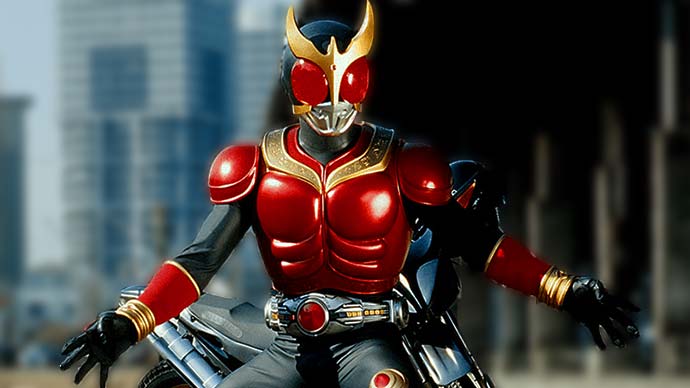
Kamen Rider (also known as Masked Rider) is a media franchise that spawned tons of series, known for its main character who rides a motorcycle and fights villains and monsters. The first series aired in 1971 and was created by Shotaro Ishinomori, a manga artist.
Aside from its brilliant fight choreography and "henshin" moments, the costume design played a big role in the franchise's popularity.
While the main character's design includes grasshopper-like features (large eyes, horn-like antennas, etc), some series—especially the ones from 1990 and onwards—introduced minor tweaks in the design that made it more intricate and sometimes even dragon-like.
Whenever a rider appears in a scene and pushes a button on his belt (or sometimes inserts a key into his belt), expect an iconic transformation with cool special effects. The "henshin" moments became even better as years went by, thanks to improvements in CGI and video effects.
There are many Kamen Rider series that are popular, from the original Kamen Rider (1971) and Kamen Rider Kuuga (1999) to the more modern Kamen Rider Revice (2021). There was even Saban's Masked Rider (1995), which was an American adaptation of the series.
1. Power Rangers
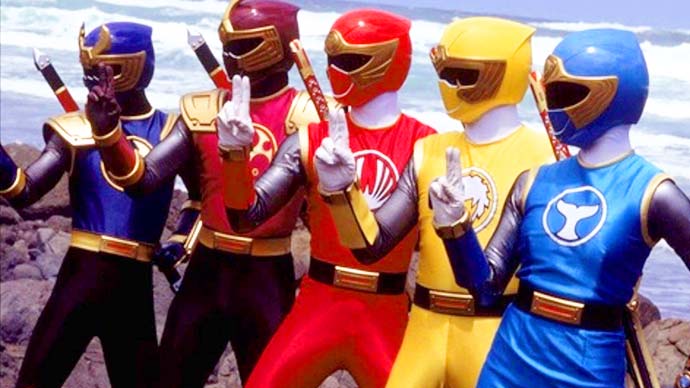
You know about Power Rangers, right? This global phenomenon was based on the concept of the Super Sentai series, making it one of the rare examples of tokusatsu that came from outside of Japan.
Power Rangers features a color-coded team of individuals who fight monsters and serve justice using a combination of their superhuman fighting skills, cool weapons, and huge mecha robots.
There have been different Power Rangers shows over time, with some having minor tweaks like introducing new colored characters, replacing characters, or reducing the size of the squad.
The story and character designs also differ from series to series. In some, the rangers stick to an animal motif; in others, the rangers may have a dinosaur motif. The changes help keep the concept fresh.
Mighty Morphin' Power Rangers (1993) was the first of the series, followed by many more shows including Power Rangers Wild Force (2002), Power Rangers Ninja Storm (2003), and Power Rangers Mystic Force (2006).
